It’s mid to late October in Nebraska.
Pumpkin spice lattes are being served in coffee shops. Halloween supplies are being purchased at stores. High School football playoffs are just around the corner. The crop harvest is well underway. And, the leaves are turning color.
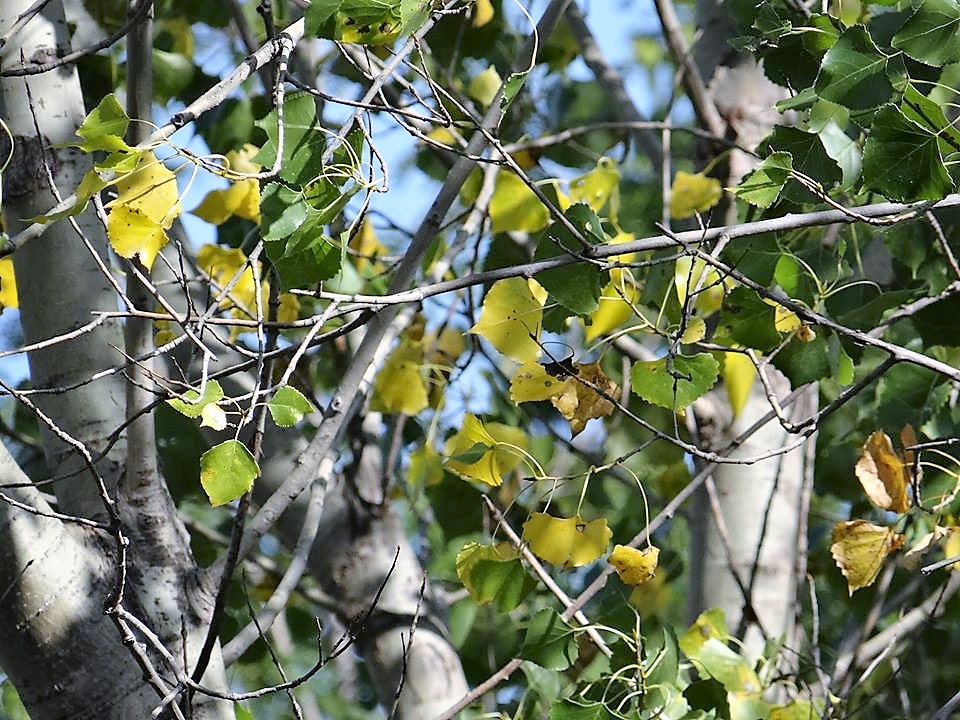
It is a certainly a wonderful time of the year in Nebraska to enjoy the various colors of fall foliage. We can find trees, shrubs, vines and grasses in green, yellow, orange, red, brown, and even some purple all virtually at about the same time.
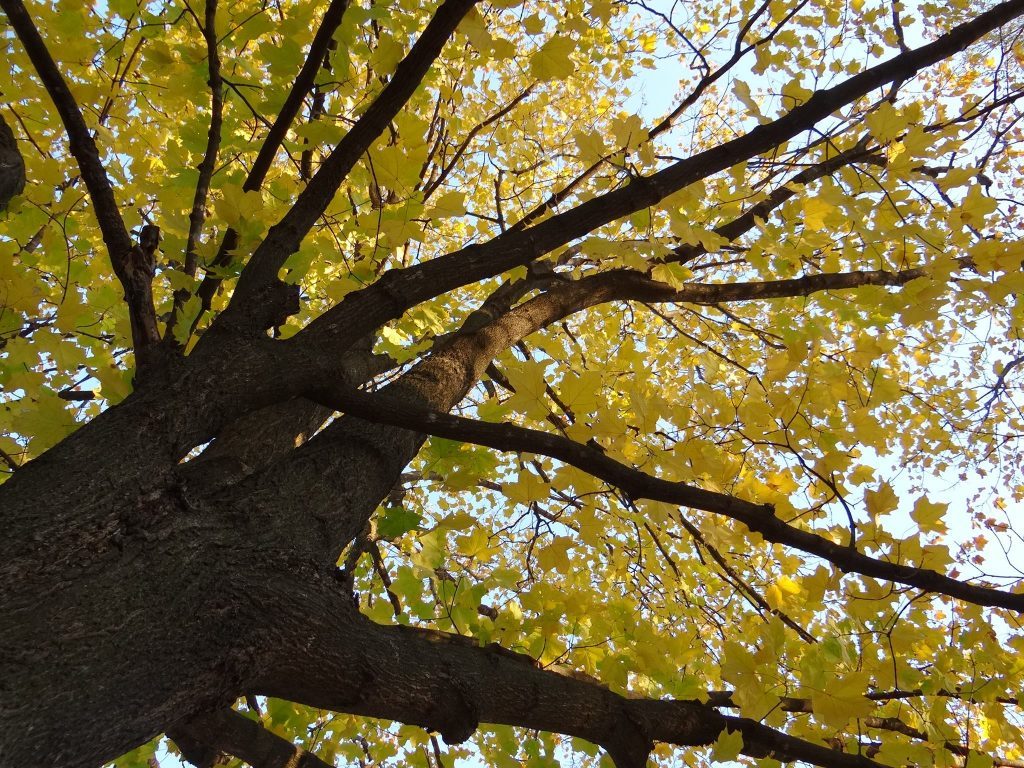
What kind of year will it be for the fall colors of nature in your area or region of the state?
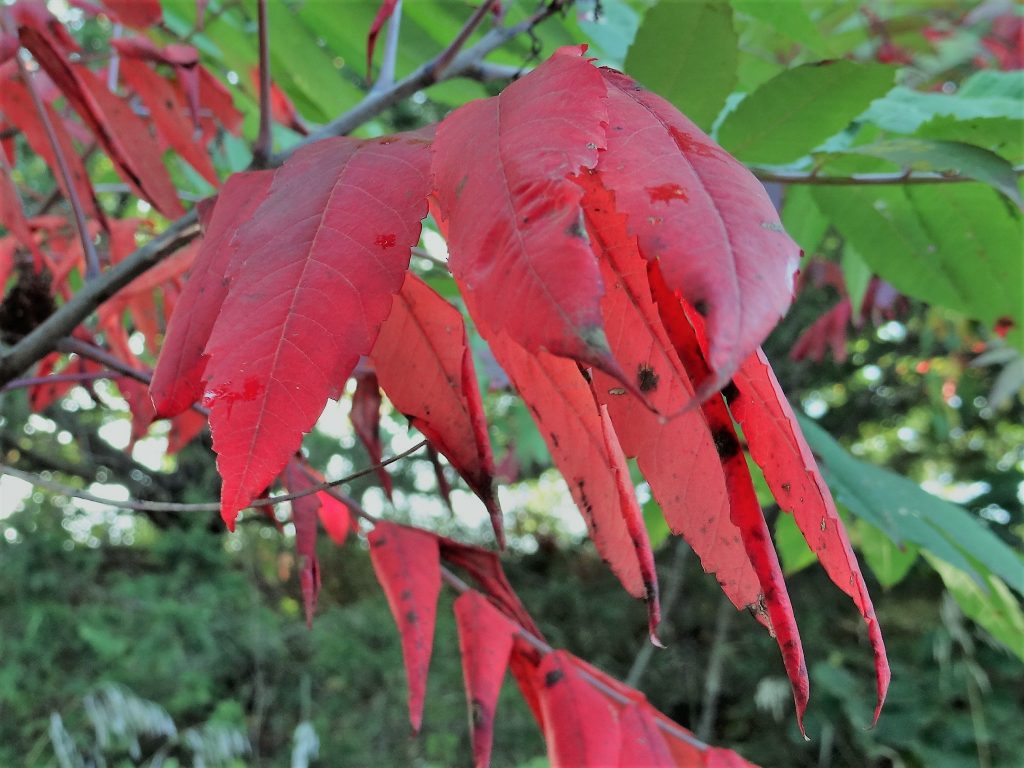
Here’s the answer.
First, understand that fall autumn colors are the result of a chemical change in the leaves. The trigger is the reduction in day length and the onset of cooler temperatures which cause the chlorophyll to exit leaves. Essentially, the reason the leaves of any deciduous (hardwoo0d) tree or shrub change color is because of a decrease in photosynthetic activity as the days get shorter in the fall.
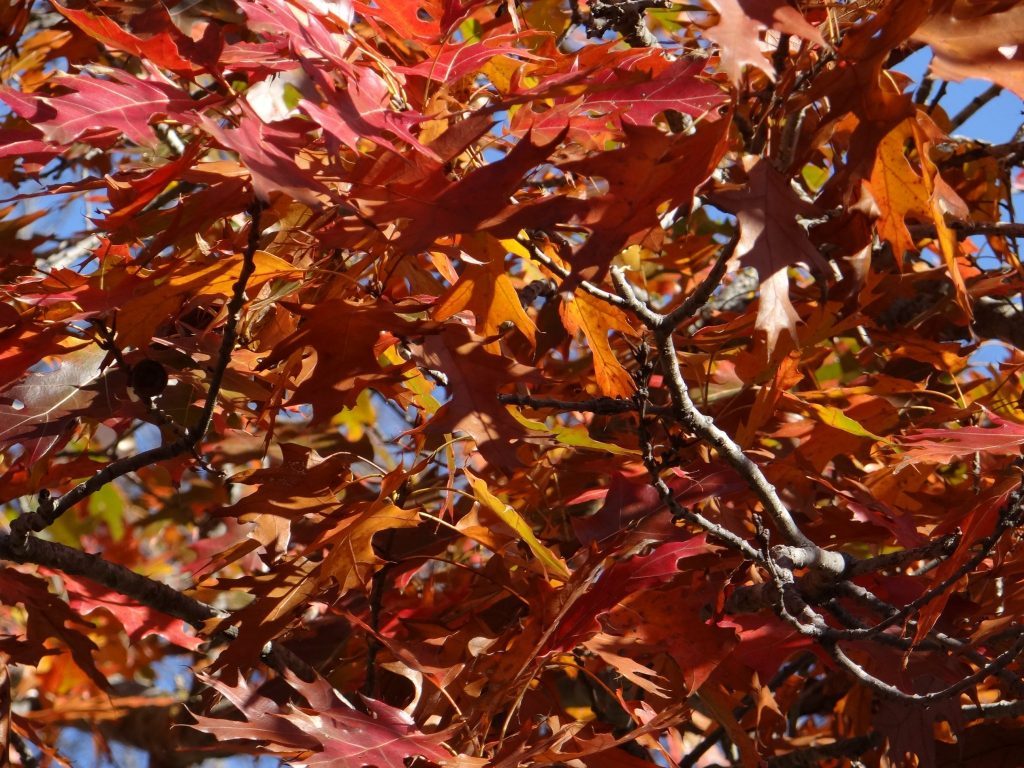
According to forestry experts at the University of Nebraska-Lincoln (UNL), weather really affects color intensity. Temperature, light, and water supply all have an influence on the degree and the duration of fall color. Low temperatures above freezing favor the formation of bright red colors in maples, for example. However, an early frost will weaken the brilliant red color. Rainy and/or overcast days tend to increase the intensity of fall colors. The best time for us to enjoy autumn color in Nebraska would be on a clear, dry, and cool (not freezing) day.
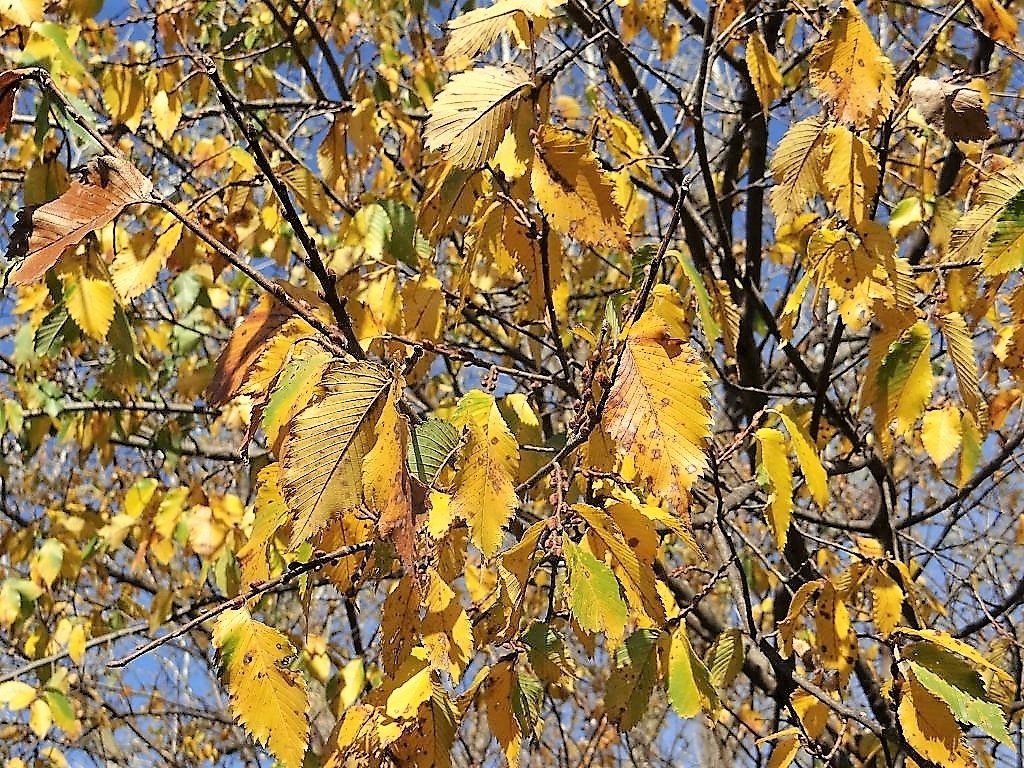
It’s important to point out that fall color, even in a spectacular year, for any one species of tree, shrub, vine or grass, rarely lasts more than a week or two. Some tree species, such as green ash, are colorful for only several days, at most.
All of that in mind, one of the great things about trees and certain other plants is that we get to witness this dramatic metamorphosis. We get to experience them change ever so dramatically as the seasons come and go. And when the conditions align, we can revel at the brilliant fall plumage!
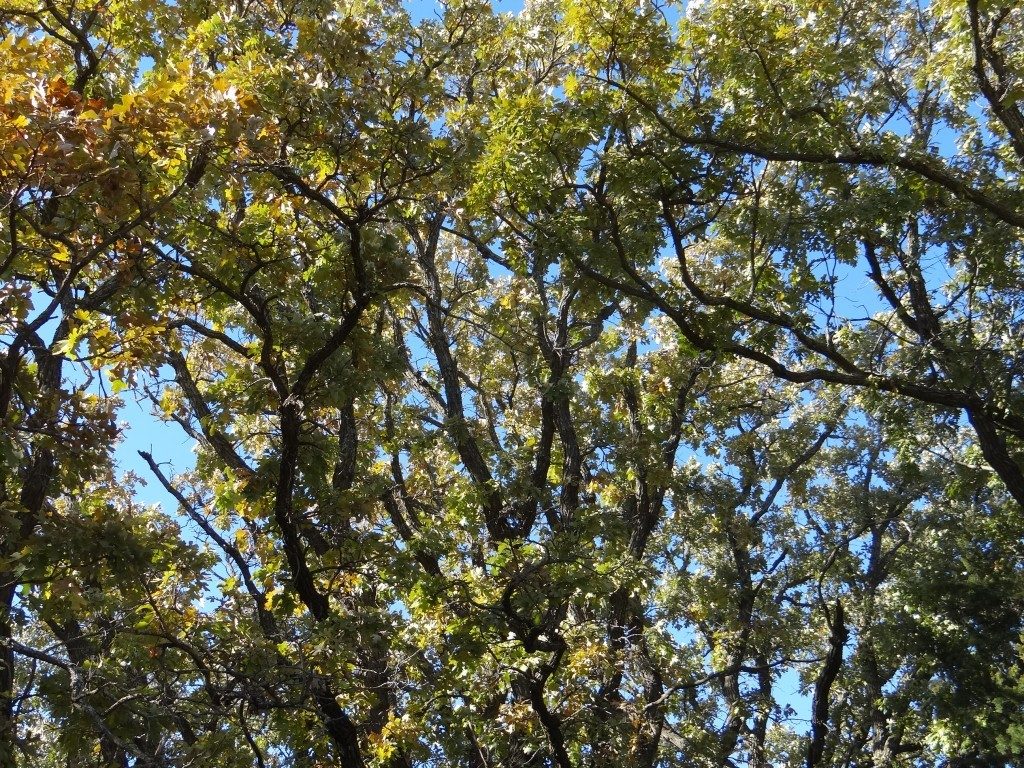
Like to have some specifics on fall foliage colors?
From information gathered through the Nebraska Statewide Arboretum, Nebraska Forest Service, Nebraska Extension and Nature Conservancy, here are some colors and their trees, along with some grasses, vines and shrubs, to look for in the fall.
- Maples produce some of the best colors. Sugar maple can be especially pleasing — with shades of yellow-orange or orange-red, depending on the variety. Red maple, as its name implies, can turn a bright red in the fall. Freeman maple is one example, including the popular variety “Autumn Blaze.” Silver maple can turn a pleasant yellow (but don’t bet the farm on it). Finally, most types of smaller ornamental maples have the ability to turn shades of yellow, orange or red.
- Several varieties of oak, including red, pin, scarlet, black and white oak, produce shades of red, some much brighter than others. Other oaks (chinkapin, chestnut, shingle and swamp white oak) develop attractive glossy tans and browns. Shumard oak is another great oak treet that has reliable red fall color. But oaks can be a mild yellow-brown color in the fall as well. Keep in mind that oaks color later than most trees, and their leaves can persist very late into the fall.
- White ash leaves can range in color from yellow to purple with hints of red. The commonly planted “Autumn Purple” ash turns a deep purple. Purple coloration is less common and is exhibited also by gray dogwood and some viburnums.
- The eastern redbud or ‘Forest Pansy’ is also one of the few hardwood trees with reddish-purple fall foliage.
- Sweet gum has a red fall color.
- Green ash is one of the first trees to turn yellow in the fall. Look quickly, though, as its leaves fall shortly after color change.
- Yellow fall leaf color is the most common in Nebraska. Local trees and shrubs that exhibit various shades of yellow leaf color include varieties of cottonwood, ash, hawthorn, ironwood, elm, hickory, mulberry, black cherry, river birch, Osage orange, sycamore, hackberry, hazelnut, chestnut, pecan, walnut, persimmon, honey locust, and poplar. Shagbark hickory, gingko, and quaking aspen turn a radiant golden-yellow in the fall. Paper birch leaves reveal a very bright yellow leaf color during autumn. The Kentucky coffee tree’s foliage also can turn glowing yellow in the fall, but it is often one of the first trees to drop its leaves. Willow leaves range from a golden shade to a greenish-yellow tint.
- Pawpaw tree leaves are yellow to yellow-green in the fall.
- Ohio buckeye autumnal foliage is yellow to orange.
- Baldcyprus is a deciduous conifer tree that has needles that turn orange-brown before falling off for the winter months.
- Basswood (or American Linden) fall leaves are often green to golden yellow in exceptional years.
- Butternut leaves drop early and stay green into late fall.
- Smooth sumac is a vibrant red color in autumn.
- Serviceberry is one of the small trees or large shrubs that can turn yellow, orange or red in the fall, depending on the variety. The native downy serviceberry is generally red in autumn.
- Native grasses are stunning in the fall. They hold their gold/ dark orange-yellow color well into winter. Big bluestem and little bluestem are probably the best for rich reds, but Indian grass, switch grass and even prairie cordgrass have good color. Forbs such as round-headed bush clover and sunflowers provide texture as dark, interestingly-shaped accents. Native grasses can be especially colorful with morning dew.
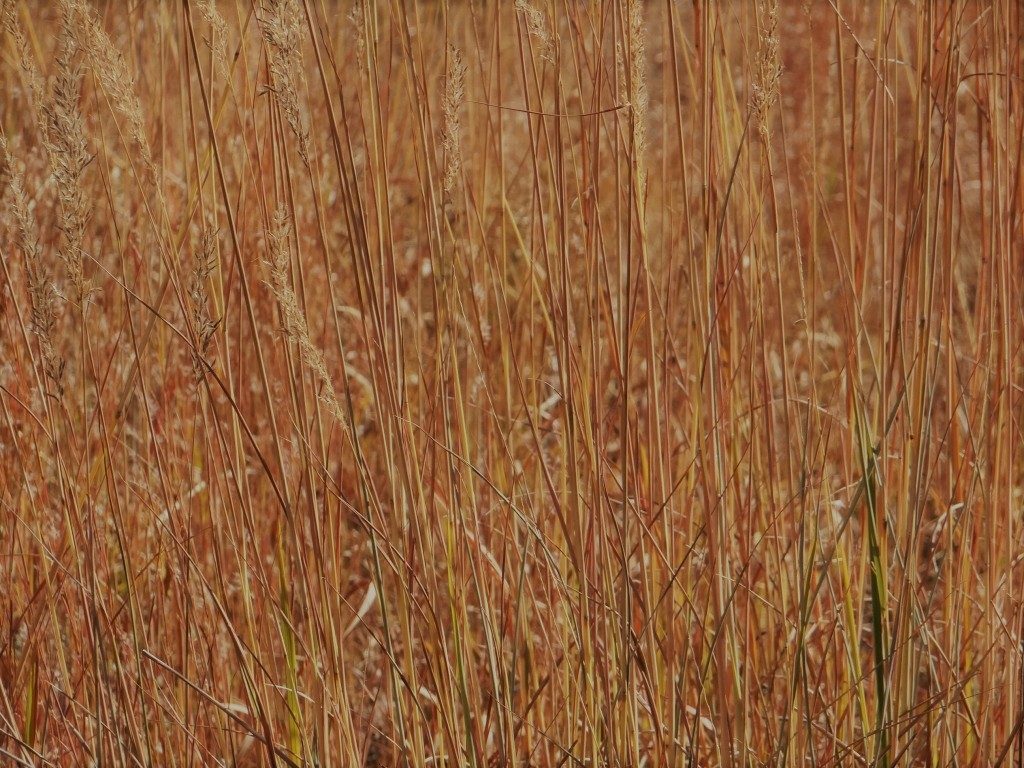
- Vines have color in the fall, too. Virginia creeper becomes a vibrant red. Poison ivy mainly is an attractive red, but can be yellow, orange or sort of a mottled mixture of these colors.
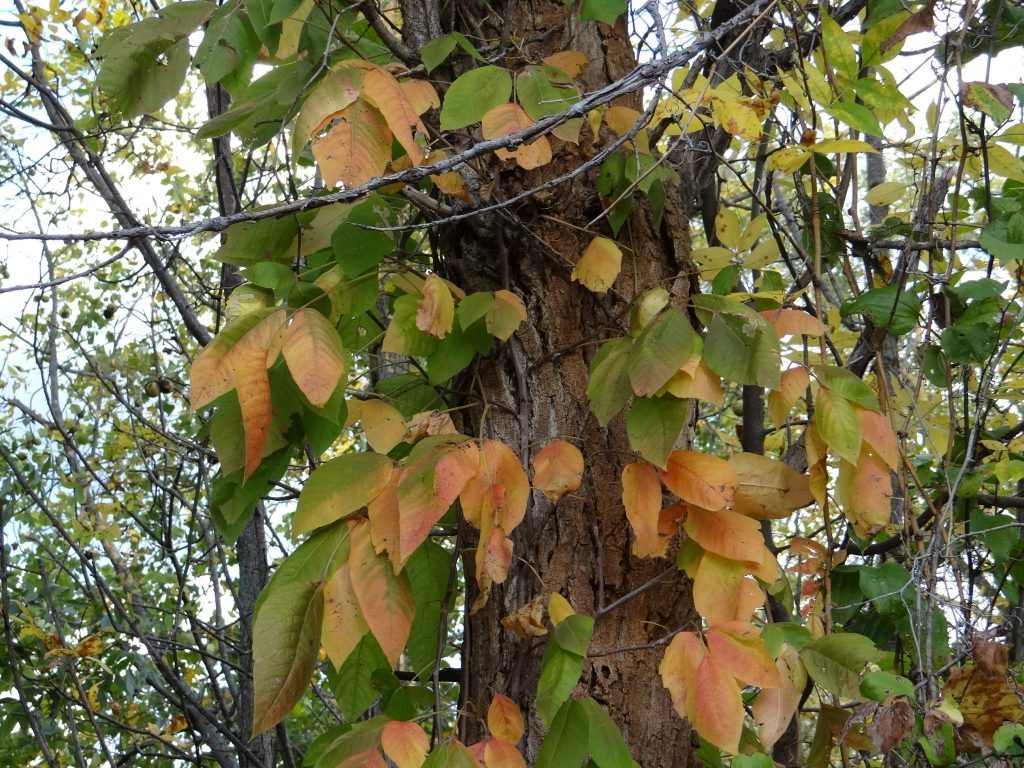
How about several pointers to give your fall color viewing trips an extra boost?
1) Head for the water. Usually where there’s water, there’s a nice diversity of hardwood trees, plus there’s the magnificent reflection of tree leaf colors on a pond, lake, reservoir or river. Go to a water body where you have a vista. Nebraska’s water-based state recreation areas would be highly suggested.
2) The more tree species, the better colors. Do your homework, go to a natural area or arboretum where there’s a variety of tree species because there you’re going to get the palate of colors together.
3) Elevation is awesome! The places that have some elevation or topography is where you generally will have a variety of tree types. In addition, the views are better. Think bluffs, river and creek valleys as well as overlooks. The Nebraska state parks offer great vantage points for photographing and viewing colors. Indian Cave State Park in southeastern Nebraska comes strongly recommended!
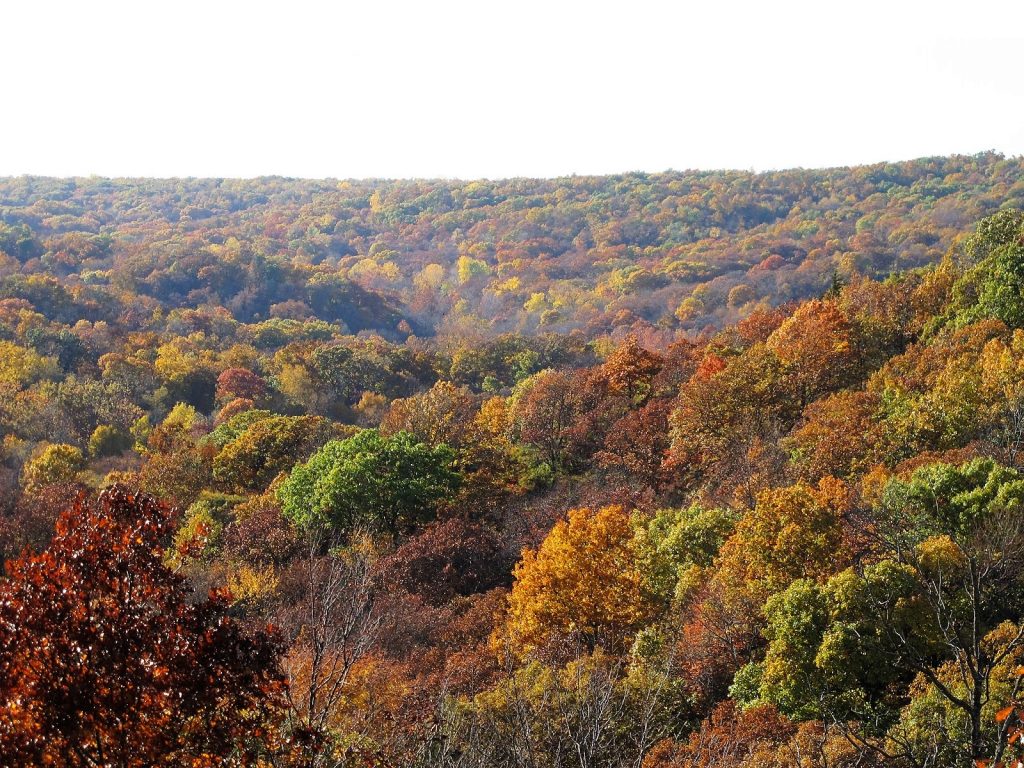
4) Bright color along I-80. The fall yellow color of cottonwood tree leaves can certainly make the drive along Interstate 80 across Nebraska a much more pleasant one!
When it comes right down to it, leaf peepers, who needs a trip to the northeastern part of the U.S. or to the Ozarks to see fall tree foliage in full color? We have plenty of fall color to be viewed here in Nebraska!
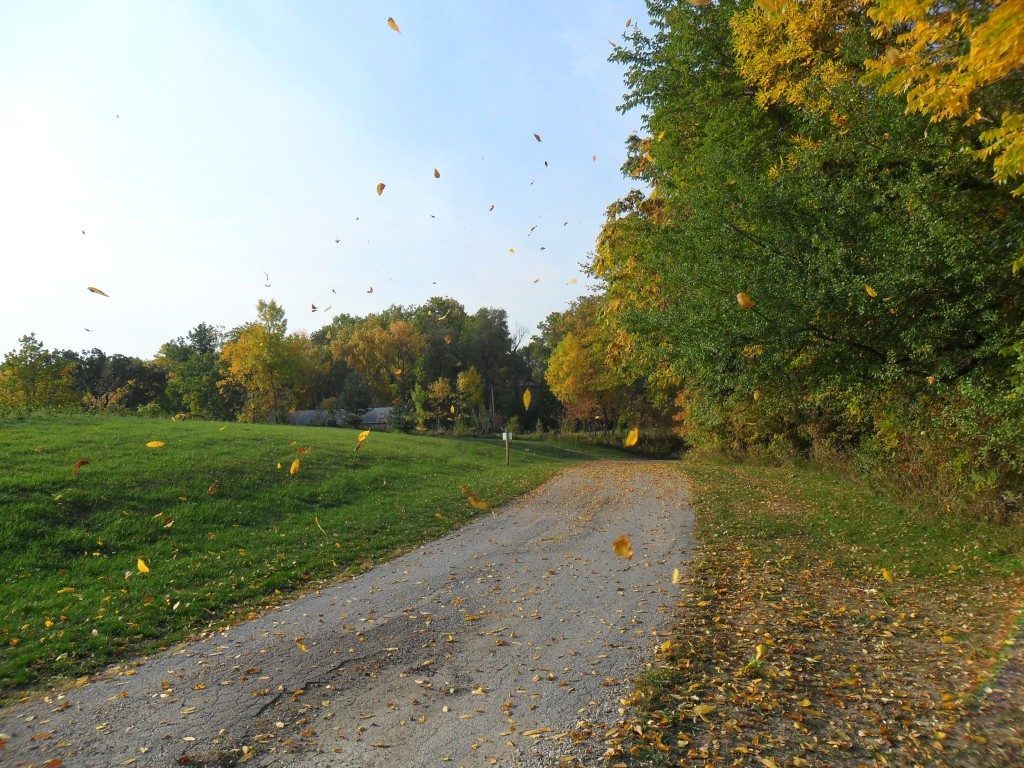
Enjoy the autumnal weather and the warm colors while they last because winter is approaching!

The post Nebraska’s Fall Colors appeared first on NEBRASKALand Magazine.























